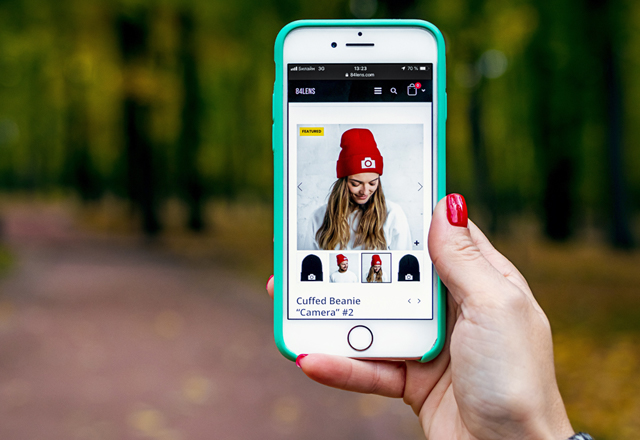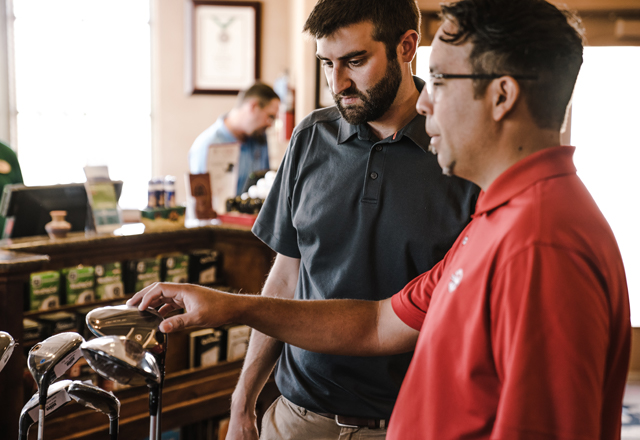
For retailers, a unified commerce strategy is built on the foundation of integrated retail technology for an efficient, frictionless customer experience across channels.
Unified commerce gives retailers a smooth, efficient means of transacting business, because inventory, sales, e-commerce, and fulfillment system data is integrated to regularly and automatically keep inventory availability and customer details synced and up to date.
From Point of Sale to e-commerce, from CRM to inventory management, all these technologies need to be connected so retailers have a clear picture of who their customers are and how to provide what they want.
Interaction with customers

Each time a customer enters the retail store, they leave behind a wealth of data for any retailer who can measure their interactions within the store:
- What was bought?
- What was picked up but not purchased in the end?
- What was the dwell time near products that were not purchased?
- How long was the customer in-store?
- Was this an online pickup?
- Did they purchase other items along with their online pickup?
Those answers, when documented with technology, inform a retailer’s back-end systems, so inventory can keep pace with demand, and so marketing teams can keep pace with customer needs.
To collate and analyze that information, retail processes and tools must be intelligently integrated in a retail management platform like Retail Pro to enable sharing of relevant data across both customer-facing systems and those that integrate with backend vendor systems.
Applications from the point-of-sale report on purchases, inventory, and customer data. Sharing this data with an integrated warehouse management system allows warehouse staff to have insight into stock levels currently on the shelves, and to place orders with suppliers as supplies diminish.
Sharing the data with a loyalty and personalized marketing platform like AppCard for Retail Pro allows marketing teams to create targeted campaigns around a customer’s purchase history.
Consistent data across channels

That principle also applies to in-store sales staff—they should have the same product information available as retailers’ online channels.
Integrating your ecommerce software with your POS can give store staff the visibility they need to serve customers who call in to verify stock availability before coming in.
Customers who started their retail journey at home but then switch “channels” to come into the brick-and-mortar store must be certain that inventory is in sync: Surprises such as realizing that products aren’t in stock when the web site said they were there are unacceptable.
If your website indicates there is a pair of shoes in certain size on the shelf, your in-store staff should be able to verify that through an inventory management application.
Retailers that use disparate, unintegrated systems risk delays in communication because data is manually updated at the end of the day, causing inventory counts to become out of sync and unreliable.
Customer-facing systems for engagement

There are a number of technologies that retailers can put in place to provide a seamless customer-facing experience.
Shelf labels and cameras can map consumers’ movements within the store. That helps in product layout for future products, and in product forecasting. They can also indicate where is the heaviest foot traffic within the store.
Beacons can communicate with an app on the customer’s phone to notify them of product sales when customers are in the store’s vicinity, enticing them to stop in.
When integrated with the POS as well, interactions in the app which originated from a beacon trigger and resulted in the ultimate purchase can be properly attributed to track the efficacy of the tools and campaigns put in place.
The connected data then provides insight also on unvoiced customer needs which are nevertheless discernable through their interactions with a retailer’s various channels.
Integrating data in retail technologies provides the foundation for retailers to more effectively determine and act on customer needs for a better customer experience.












































